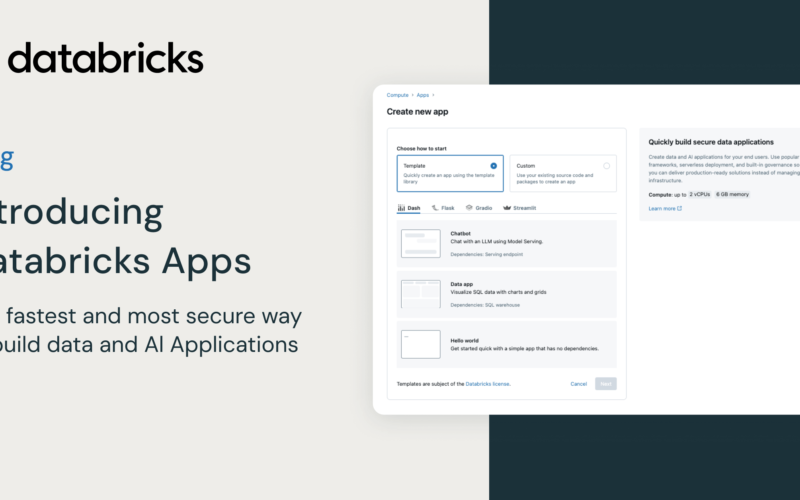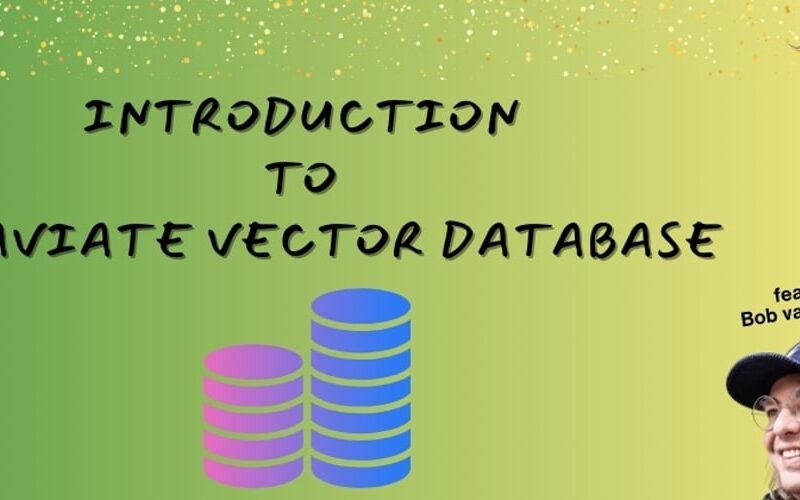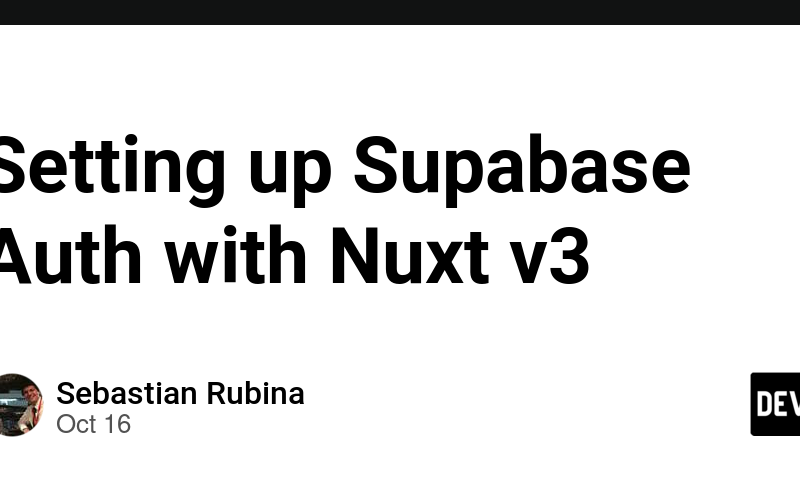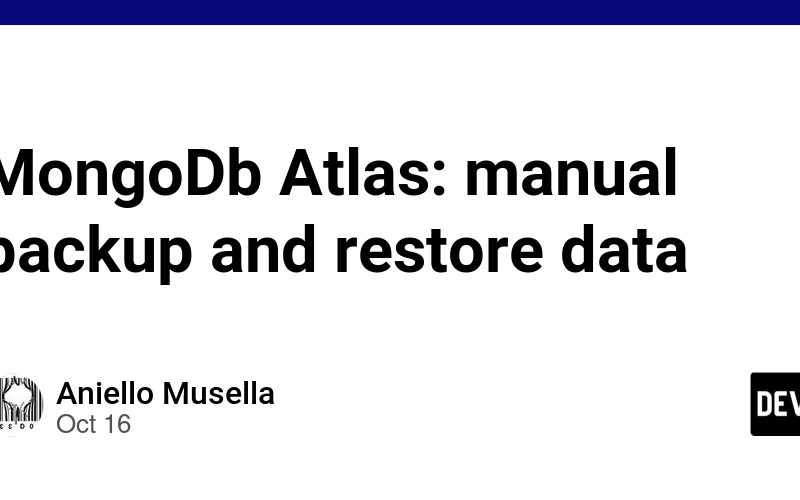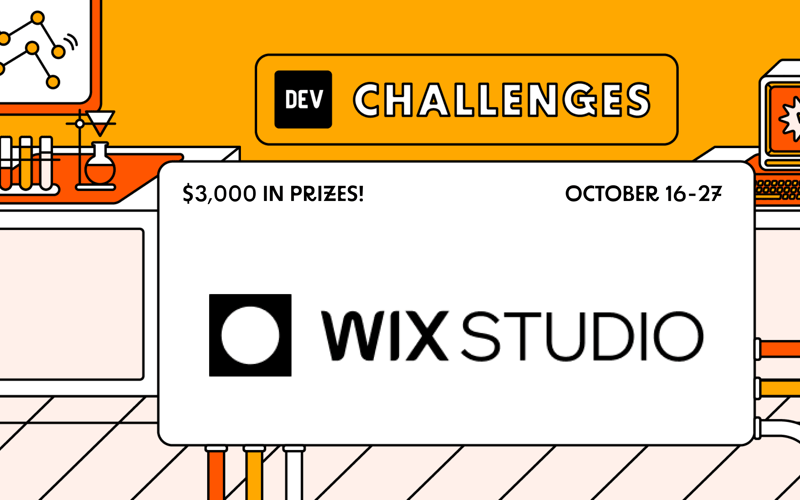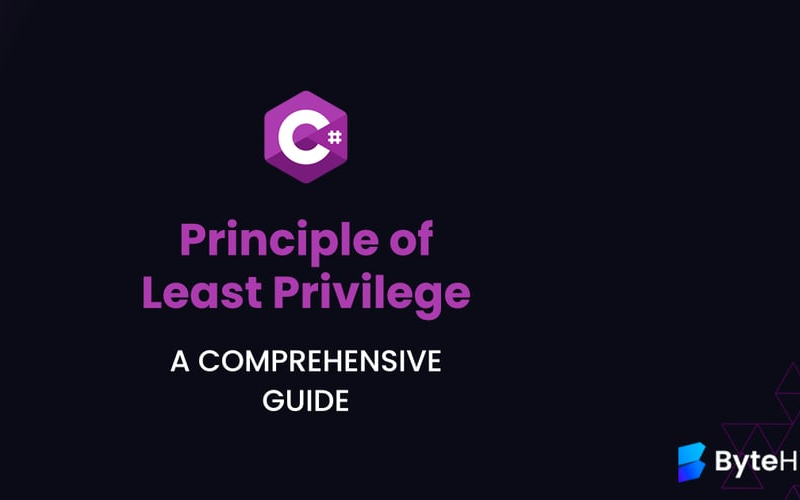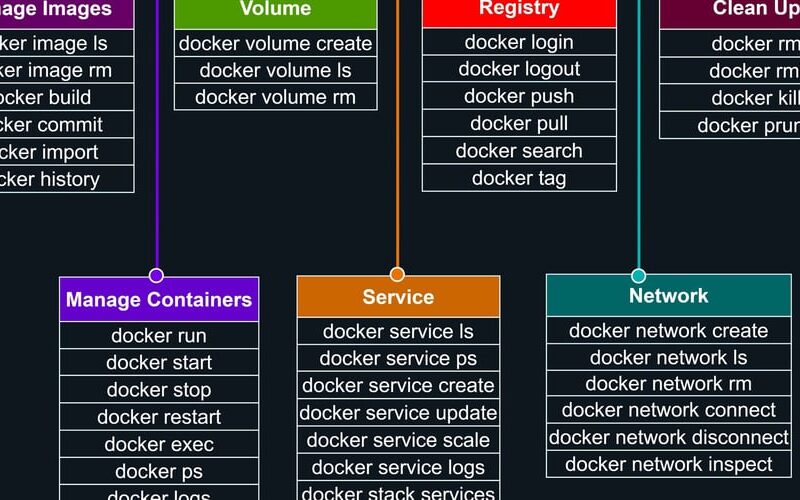In this conversation, Krish Palaniappan interviews Bob van Luijt, CEO of Weaviate, about the emerging field of vector databases and their significance in AI applications. Bob explains the concept of vector embeddings, the evolution of databases from SQL to NoSQL and now to vector databases, and the unique capabilities that vector databases offer for search and recommendation systems. They discuss the importance of developer experience, community feedback, and the future of database technology in the context of AI integration. Bob discusses the evolution of AI development, emphasizing the shift towards AI-native applications and the democratization of AI tools for developers.…

